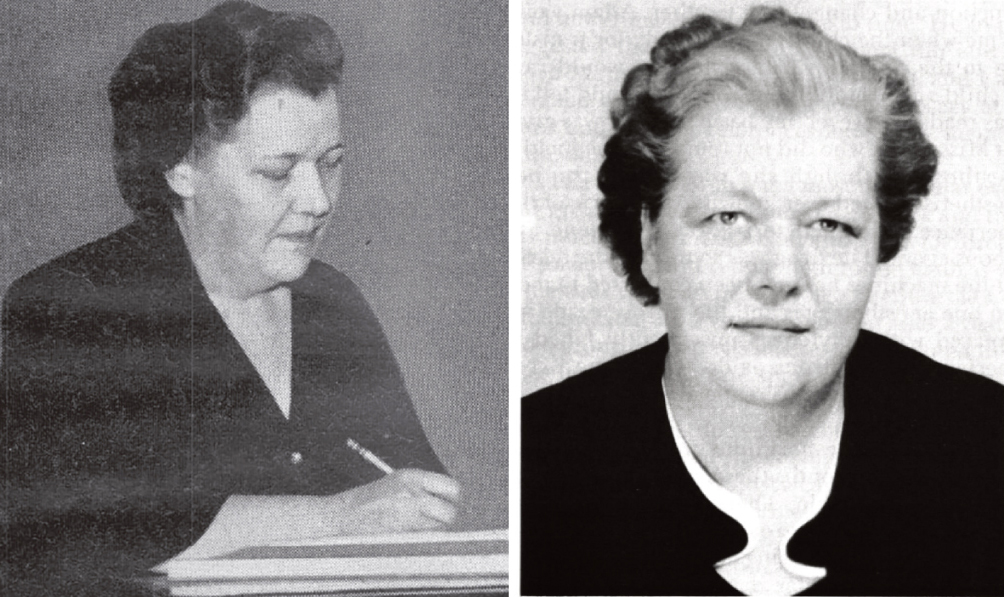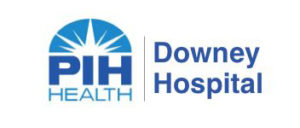Profiles In Nursing
Florence McQuillen (1903–1981), “Benevolent Dictator” of Nurse Anesthetists
A scholar and CRNA pioneer, she learned chloroform delivery under pressure at a small hospital in Montana

Florence “Mack” McQuillen, fondly remembered as the “benevolent dictator” of the American Association of Nurse Anesthetists (AANA) from 1948 to 1970, was an influential leader in nurse anesthesia practice.
A Crash Course in Chloroform
Born in Minnesota in 1903, McQuillen began her nursing career in 1925 as a student of the Central School of Nursing at the University of Minnesota. Her leadership career started almost immediately; before she had even graduated, she was offered a position as superintendent of nurses at Frances Mahon Memorial Hospital in Glasgow, Mont.
One of the prerequisites of this new job was a skill not included in her nursing school curriculum: administering surgical anesthetic. Training programs at two local hospitals introduced her to the use of ether and nitrous oxide, but McQuillen had to learn to administer chloroform on the job in Montana, where she immediately became the small hospital’s sole anesthetist. “I look back now and think the good Lord took a liking to me when I survived several hundred experiences with chloroform,” she later wrote.
In 1927, McQuillen was offered a new job as a staff anesthetist at Mayo Clinic in Rochester, Minn. There, she worked directly with the Mayo Brothers and with the clinic’s leading anesthesiologist, John S. Lundy, M.D., expanding her expertise in the evolving science of surgical anesthesia. McQuillen eventually became Mayo Clinic’s chief nurse anesthetist and a clinical instructor.
Recognizing CRNAs
After two decades at Mayo Clinic, McQuillen’s career began a new chapter when a friend from nursing school, fellow nurse anesthetist Hazel Currier, urged her to get involved with the AANA. After delivering several notable and memorable presentations at AANA events, McQuillen was invited to become the organization’s first executive director in 1948.












